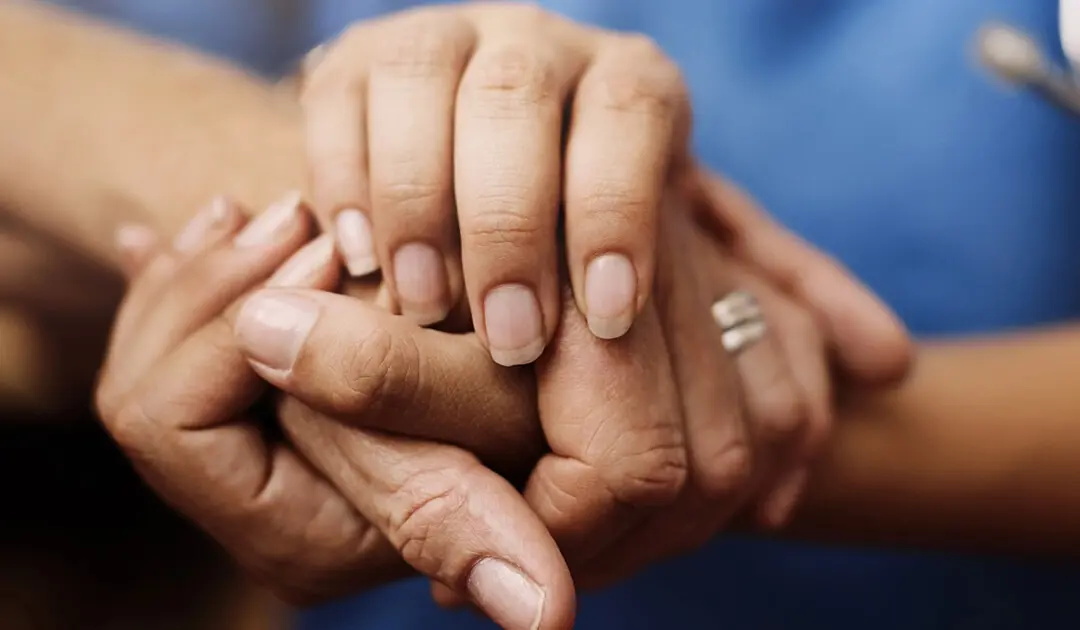Carbonated Beverages

Just got back from doing an on-site training for some wonderful teachers in Tennessee. They work for a school district that contains eight schools in a rural area and they are beginning the school year August 3rd. One nice thing for me to do trainings in areas like this is that it is easy for me to learn about the local culture. Things like how they call all carbonated beverages coke instead of pop or soda. I still don’t get that one, but if you’ve grown up there then it makes perfect sense. Another nice thing about these rural on-sites is that the numbers of participants are usually smaller which sometimes makes group activities a little easier to manage.
While doing the lecture on how to stay in control and not take things personally I conducted an exercise that is actually one of my favorites. It involves breaking your big group up into smaller groups and assigning a recorder and a reporter for each group. Or the group can choose their own. The recorder writes down the ideas that the group comes up with while the reporter goes to the front of the training room and reports to the whole group the smaller group’s ideas. I encourage them to use a visual to do this like writing the ideas on a whiteboard or flip chart.
The assignment I gave them was to think of ideas of how educators can stay in control of themselves while dealing with irate students and parents before, during and at the end of a crisis. I was impressed with what the group generated and told them that I would report my findings on this blog. So here goes:
How to Stay in Control Before a Crisis
- Design a crisis intervention plan for both specific situations and overall.
- Plan and conduct crisis response drills.
- Post crisis intervention steps for staff and faculty to use as a resource.
- Create a crisis detachment plan for the students to use themselves to calm down (personalize them).
- Have ready alternative assignments ready for students to help them get on task when a crisis situation occurs.
- Designate a “cool off” area for students as well as staff who may need to use it.
How to Stay in Control During a Crisis
- Use the plans, steps and assignments that you have already developed instead of falling back on old habits that may be familiar, but ineffective.
- Maintain a calm voice and demeanor.
- Offer choices and state expectations.
- Use the “cool off” area that you have already designated when you need to remove the student or staff from the area.
- Know when a student or parent has pushed one of your buttons and recognize that you may be losing control yourself.
- Talk yourself down if necessary.
How to Stay in Control at the End of a Crisis
- Engage students in a debriefing process even if it is nothing more than a nonverbal sign from you to let them know that you don’t hold a grudge.
- Make a plan for next time if you don’t already have one or modify the one you used if you see areas for improvement.
- Don’t play the “blame game.”
- Congratulate yourself and others on the things that went well and encourage use of same techniques for the next time if they apply to the situation.
Let it go, put it to bed and tie up lose ends!
This activity can work for any subject in which you want to make a list containing ideas from many sources. I would say that the group did a pretty fine job. Way to go Tennessee!
Get more crisis intervention tips and techniques.
Schedule a Consultation
Learn how CPI’s training programs can benefit your organization.
Let's Connect